The use of Salvia officinalis in the treatment of diseases

The scientific Latin name for sage, salvare, means “health.” There is even a saying: “Why die when sage blooms in the garden.” That's why use of salvia officinalis in medicine extends quite widely.
There are approximately 700 species of sage known to man, many of which have anti-inflammatory, antimicrobial and astringent properties. Traditional medicine uses sage leaves in the form of infusions, decoctions and baths.
Use of Salvia officinalis for medical purposes
The leaves are of greatest value because of the essential oil they contain. Sage infusions treat diseases of the respiratory, nervous systems, gastrointestinal tract, and other organs and systems. Sage preparations help stop hair loss and cope with other cosmetic problems.
One of the main properties of sage is its beneficial effect on female reproductive function. Since the times of Ancient Egypt, women after epidemics and wars were recommended to use sage leaves to multiply the family. Indeed, an infusion of sage seeds normalizes the tone of the muscles of the uterus, promotes the conception of a child, normalizes the menstrual cycle, and reduces the pain of menstruation; When breastfeeding, it helps stop lactation. The astringent property slows down bleeding, and the phytoestrogenic effect helps with menopausal problems.
There are also medicinal properties essential oils plants that, dissolving in fats, freely penetrate the top layer of skin. By irritating peripheral nerve receptors, they help restore skin-vascular reflexes.
Sage roots contain quinone substances with antimicrobial and anti-inflammatory activity. An ointment with sage extract is highly effective in the treatment of eczema, neurodermatitis, and psoriasis.

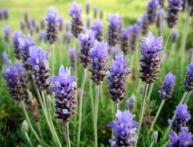
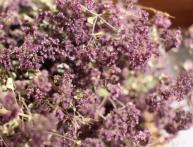
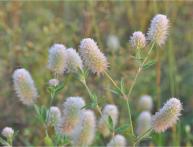

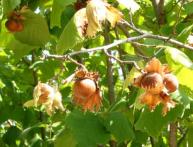
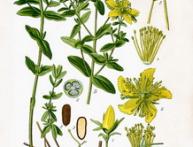
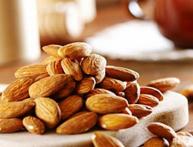
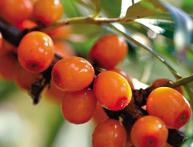
Comments
Sage is a good plant for treating colds and inflammation. Its decoction has a pleasant taste, similar to pine. Does anyone have experience growing sage on the balcony?